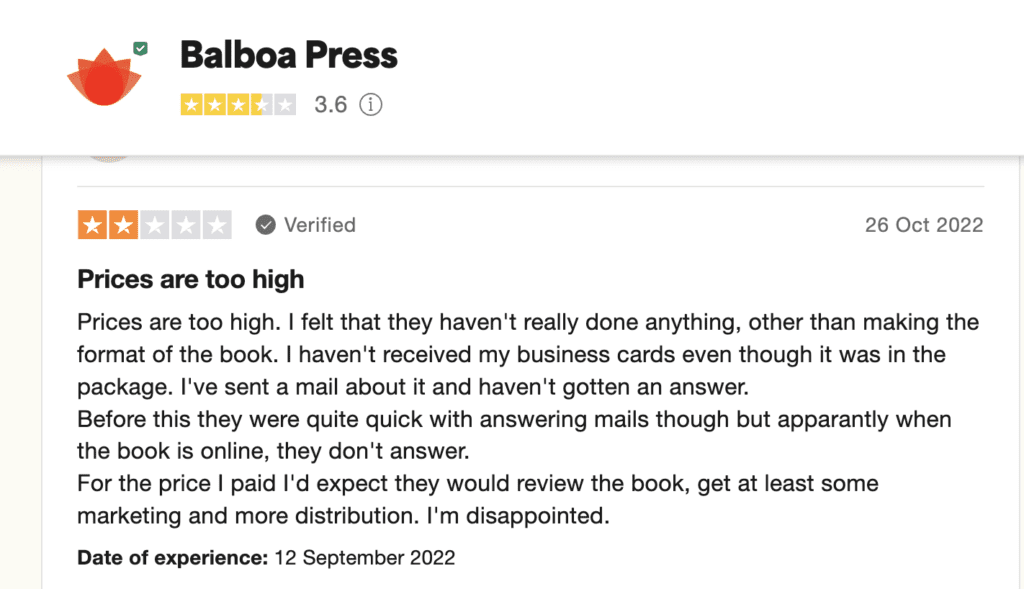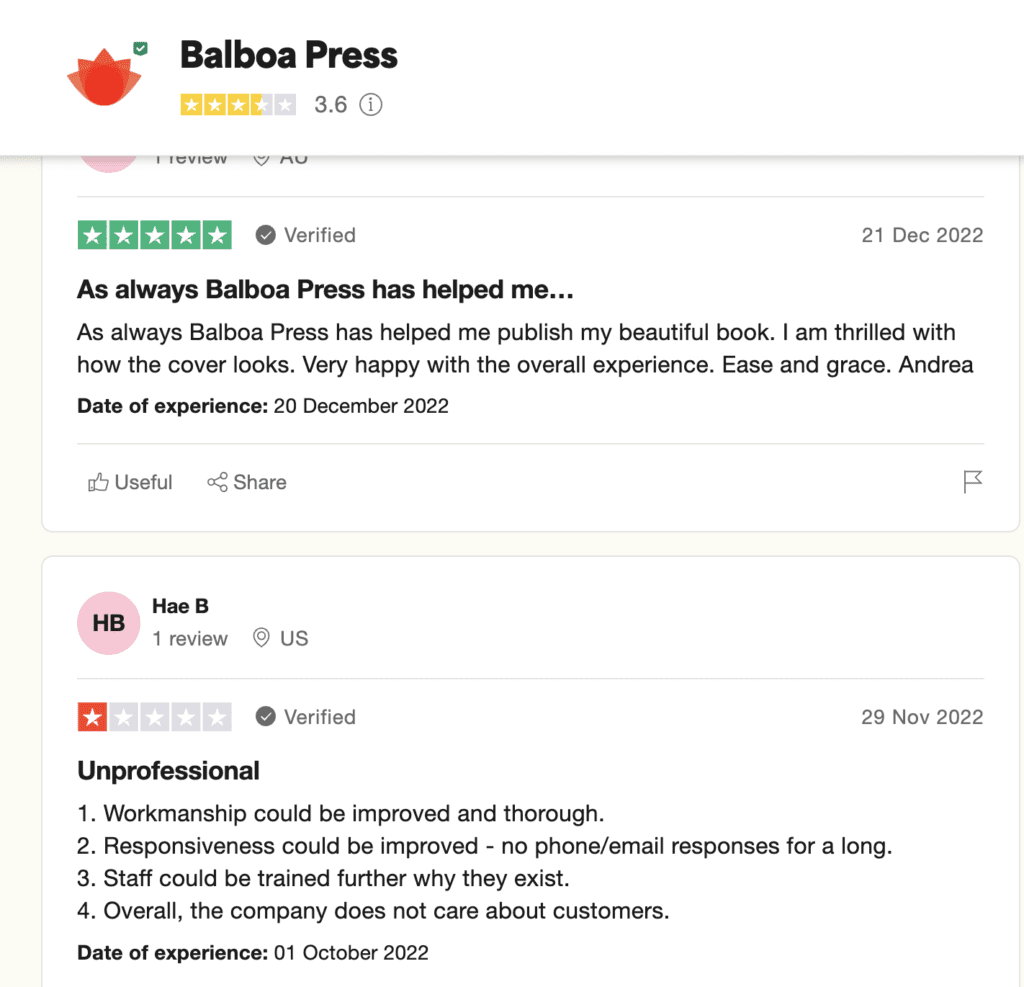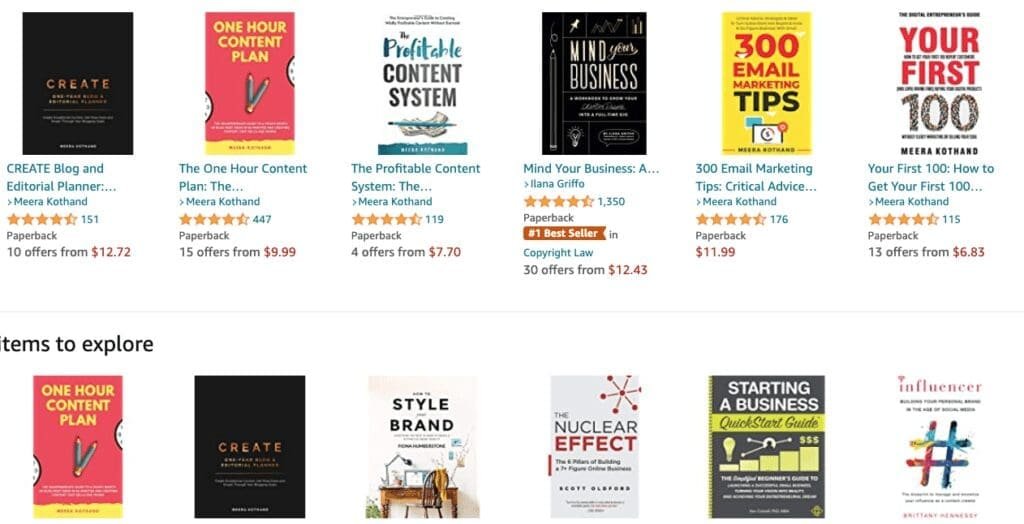Self-publisher support companies — like Balboa Press and Austin Macauley — are everywhere. On Amazon I found someone else passionate about saving authors from the clutches of uncaring vanity presses, or as they call themselves, hybrid publishers. Yay!
Michael N Marcus seems to have dedicated a good portion of his life to warning authors and informing them on how to self-publish independently. Such idiotic titles as ‘Can I really publish a decent book with Microsoft Word? Yes!’ and ‘How to Not Get Screwed by a Self-Publishing Company’ first made me wonder at the quality of advice. However, on his How to Not Get Screwed Amazon blurb, Michael makes a great point:
Self-publishing companies enable anyone who can type to quickly become a “published author” and compete for the attention of the reading public. There is no longer a need to go through the years-long process of finding an agent and publisher.
Sadly, these companies publish a lot of badly written books, and sometimes do a bad job of publishing and promoting them. Their writer customers spend a lot of money, and many customers are greatly disappointed in the quality of their books and the limited sales and book reviews. You can minimize disappointment if you are properly prepared”.

I Heard it through the Author Grapevine
The author grapevine tells me that most of the large done-for-you self-publishing (vanity press) services do a terrible job of informing the author and promoting their books.
They don’t tell authors how to target a niche or how to sell their books.
Some let authors believe that there will be a marketing push. There won’t be — unless you cough up significant amounts. Plus, they don’t let authors know if they can get a distributor to reach bookshops, and that print on demand does not work if you don’t advertise, comment in media, ring up suppliers, guest post, etc.
Some don’t even help new authors get the best looking book cover, something which helps with first impressions.
Most painful of all (for me), many self-publisher support services don’t edit the cover copy and longer sales blurb so that it reels the reader in. Many of them offer a cover copy editing service, but if you don’t elect this or they don’t provide a good service, you’re guaranteed to sell no books. Basically, your book sales blurb is what sells the reader the book!
Vanity Presses to Avoid
The list of vanity press companies (aka self-publisher services) that you should avoid if you prefer quality and results over speed. All of these are based in the US or UK:
Balboa Press – authors are unlikely to get a deal with Hay House and I know that breaks your heart, but it would be cheaper for you to start your own imprint.

iUniverse/Xlibris – also owned by Author Solutions Inc. Having serviced 200,000+ authors, ASI has been in several lawsuits as a company. Same model, with sales people who are not exactly ‘book publishing mentors’. I am a book publishing mentor; they are not.
Outskirts Press – vanity press; known to have past terrible quality despite high pricing and beautiful looking website.
Trafford Publishing – vanity press; unknown type of quality…
Austin Macauley – call themselves a hybrid publisher, say they test every manuscript for its merits. (They offer the carrot of a traditional contract if good enough). 3 Stars at TrustPilot.
Emil Fortune, an editor, says: “Austin Macauley has a poor reputation among people whose opinion I generally trust. They recently had an altercation with Harry Bingham of Writer’s Workshop” (Quora).
Sunyi Dn says: “Austin MaCauley is a nasty, predatory vanity press with a vile reputation in the industry. They have pages and pages of entries on the Absolute Write Beware board, and many entries on Writer Beware. I am appalled to see any ‘writers’ sticking up for them.” (Quora).
There have been some Australian vanity presses come and go, like Jojo Publishing, but largely there are some efficient author support companies here, with varying rates. At least your money stays in Australia, if you’re from here.
How to Set up Your Own Indie Publishing Imprint
If you want to use your dollars wisely and are seeking quality, then this is the path I advise. It’s based on 12 years of trial and error:
- Write and self-edit the best book you can, for a specific readership
- Create a loose plan for the marketing of it, which you’ll tighten up later
- Get an editor for the book to do a line edit/copy edit or initial manuscript advice
- Create an imprint name, buy 10 ISBNs in your country, and learn all about self-publishing through a publishing coach or at our own Book Creation Success Course
- Hire a freelance book cover designer, with samples you can see are good (not mockups or templates) or use a design contest
- Join a writers group or two on Facebook & Goodreads, so you can share your book, your dramas, your final cover shots to choose from, author pics, and ask for early reviews once friendship is established.
- Learn about book marketing, form a plan, and get an Australian media list to start many activities, like writing articles.
- Optionally, apply early to a book distributor who works with indie authors — before you set up print on demand and at least 4 months before launch.
- Ensure you ask a few author buddies (good ones) or if you have none, ask me your questions in a publishing coaching session.

Already Bought a Package? What You Need to do to Protect Your Publishing Future
Some self-publisher services have also gone out of business and taken the book design files with them. The book design files, after edits and typesetting, is what you have paid for. Not getting them is like leaving your car at the workshop, satisfied it is fixed but you cannot use it ever again.
Although not ideal, even a final PDF could help when it comes time to revise that book and re-launch it. You can reverse engineer a PDF to get a Word file using a freelancer on Fiverr, or do it with Adobe Acrobat Pro (only the Professional level does it). However, I don’t believe PDFs can be reversed into InDesign, which is the software that image or table-heavy books are compiled in.
Ask me a question if unsure about PDF reversing to native files.